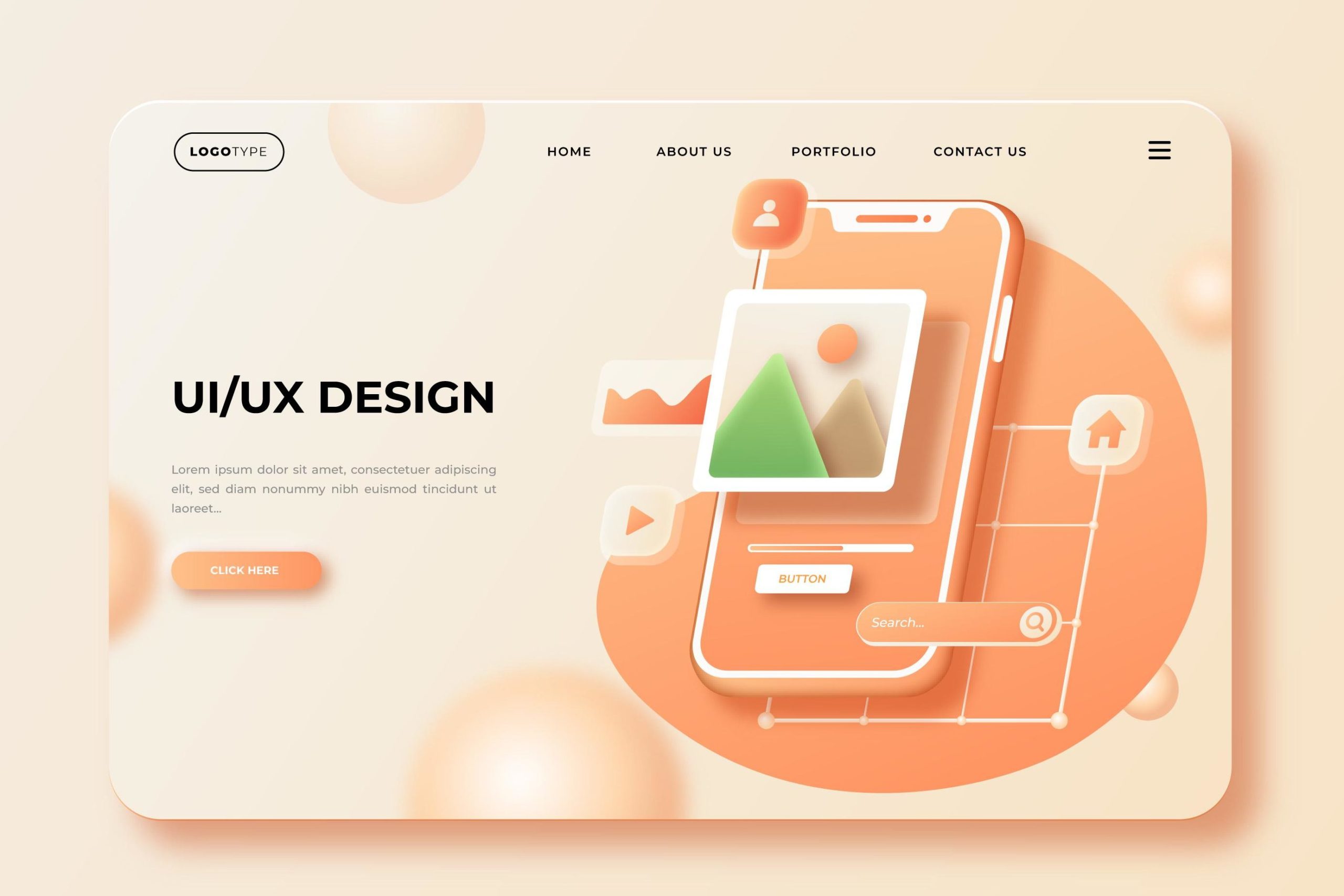Introduction
In today’s digital landscape, creating a seamless and enjoyable user experience is essential for the success of any application or website. UI/UX design plays a crucial role in achieving this goal, focusing on user interface (UI) aesthetics and user experience (UX) functionality. This blog will delve into the key components of it and why it matters for your digital products.
What is UI/UX Design?
UI design focuses on the visual aspects of an interface, including layout, colors, typography, and interactive elements. UX design, on the other hand, concentrates on the overall experience a user has when interacting with a product, encompassing usability, accessibility, and satisfaction.
The Importance of UI/UX Design
- Enhanced User Satisfaction:
Well-designed UI/UX leads to increased user satisfaction, as it makes navigating a product intuitive and enjoyable. - Improved Usability:
Effective UI/UX design simplifies complex processes, making it easier for users to achieve their goals without frustration. - Increased Conversion Rates:
A user-friendly interface can significantly boost conversion rates, as satisfied users are more likely to complete desired actions, such as purchases or sign-ups. - Brand Loyalty:
A positive user experience fosters trust and loyalty, encouraging users to return to your product and recommend it to others.
Key Principles of Effective UI/UX Design
- User-Centric Approach:
Always prioritize the needs and preferences of your target audience when designing interfaces and experiences. - Consistency:
Maintain consistency in design elements to create a cohesive experience, making it easier for users to navigate your product. - Simplicity:
Aim for simplicity by reducing clutter and focusing on essential features, which enhances usability and comprehension. - Feedback and Responsiveness:
Provide users with immediate feedback on their actions, ensuring they feel in control and informed throughout their interaction.
Tools for UI/UX Design
Explore popular tools that facilitate the UI/UX design process, such as:
- Sketch: A vector-based design tool popular for UI design.
- Figma: A collaborative interface design tool that allows multiple users to work together in real-time.
- Adobe XD: A comprehensive tool for designing and prototyping user experiences.
- InVision: A prototyping tool that helps visualize design concepts and gather feedback.
Trends in UI/UX Design
- Dark Mode: A growing trend, dark mode offers aesthetic appeal and can reduce eye strain for users.
- Microinteractions: Small animations and feedback loops that enhance user engagement and experience.
- Voice User Interface (VUI): As voice technology advances, integrating VUI into designs can offer more accessibility and convenience.
- Augmented Reality (AR): Enhancing user experiences by overlaying digital elements onto the real world.
Conclusion
UI/UX design is a vital component in developing successful digital products. By focusing on user needs, applying best practices, and staying updated with design trends, you can create engaging and intuitive experiences that resonate with your audience. Investing in effective not only enhances user satisfaction but also drives business success in an increasingly competitive market.
FAQs
What is the difference between UI and UX design?
UI design focuses on the visual elements of a product, while UX design encompasses the overall experience and functionality, prioritizing user satisfaction and usability.
Why is UI/UX design important for businesses?
Effective design leads to higher user satisfaction, improved usability, and increased conversion rates, ultimately driving business success.
What tools are commonly used for UI/UX design?
Popular tools include Sketch, Figma, Adobe XD, and InVision, which facilitate design, prototyping, and collaboration.
How can I improve my product’s UI/UX?
Focus on user research, gather feedback, simplify interfaces, and stay updated with design trends to continuously enhance your product’s UI/UX.
What are microinteractions in UI/UX design?
Microinteractions are small, subtle animations or responses that occur during user interactions, providing feedback and enhancing the overall user experience.
